General information on the family SPHINGIDAE (by Jean Haxaire & Ian J. Kitching 2015)
Sphingidae were formerly placed in the superfamily of the Sphingoidea but are now considered to be members of the Bombycoidea. This family includes a little over 1400 species and is distributed worldwide, although that much more present in the tropical region.
One of the main features of the family is the Faculty of the majority of its members to conduct a hovering in front of flowers that supply what are sometimes mistaken for hummingbirds. In addition, these are powerful sailing vessels capable of considerable distances, up to migrate from one continent to the other. Sphingidae caterpillars, usually glabrous, are characterized by the presence of a horn located on the 8th abdominal segment. This appendix does not exist in all species, as our Proserpinus proserpina, or replaced by a sclerotized disk.
Recognizing a Sphingidae is normally easy but there are a few exceptions like the atypical Pentateucha SP., Monarda oryx Viriclanis kingstoni, Afrosataspes galleyi and Andriasa sp. The type species of the genus Pentateucha curiosa P. is often confused with a Notodontidae while Viriclanis kingstoni evokes a Geometridae.
The adult
The antennae are fascicled (ventrally compressed with elongate setae) in the male and filiform with short bristles in females. They are exceptionally bipectinees (genus Monarda, Xenosphingia...). This antenna is sometimes dilated distally with a small apical hook. The proboscis, which is generally well developed, can reach record lengths in Lepidoptera. Thus, that of Amphimoea walkeri frequently exceeds 25 centimeters. However it is particularly reduced and even non-functional in the majority of the Smerinthinae.
The maxillary palps are extremely reduced, the labial palps are highlights, tackles against the head and back. The internal face of segment 1 of the labial palps can be covered by fine sensory microtriches (ex Sphingidae Asemanophorae Rothschild & Jordan). Segment 2 is dilated and works with the structure called the piliterous as a non-tympanal auditory organ. A spur for the cleaning of the antennas is present on the front legs. The median legs wear a pair of spurs and hind often bear two, more rarely one. The median legs usually have a row of fine bristles (comb) on the first segment of the tarsi.
The shape of the wings is one of the characteristics of the family. The forewing is very elongated, sometimes lanceolate, especially among the Sphinginae and Macroglossinae. The hind wing is much shorter and more rounded. Some Sphingidae totally escape this rule, as for example the members of the genus Andriasa resembling the Geometridae. The venation of the Sphingidae is characteristic. On the forewing, ribs Rs1 and Rs2 follow or merge and M1 begins at the same level as Rs or is merged with it. The hindwings, R1 diverges at about mid-length of the cell and meets Sc. CuP is missing on both wings. And hind wings are coupled by a unique and long silk in the male and a beam of shorter bristles in females. This structure, called frenulum, fits under a small hook (reticulatum) located along the costa, at the base of the forewing.
The abdomen is robust, fusiform. There’s no metathoracic or abdominal tympanal organ.
Larval stages
The egg is generally smooth, Translucent Green. It presents no ornament or sculpture. Prior to hatching, it can be strongly coloured, becoming pink, red, Brown and even black.
The Caterpillar is often glabrous, rarely hairy. Cocytius caterpillars are finely silky, especially on their ventral side. Some caterpillars have = scoli thoracic horns and sometimes even in rows all over the body. Ceratomia amyntor Caterpillar is heavily armed on the chest, hence its name from Four-horned Sphinx. Amphimoea walkeri and sp Coequosa caterpillars. have a seed coat dotted with small conical burrs. The most spectacular we knew is the Caterpillar of Lophosthetus dumolini, covered by thorny scoli, which would resemble a Citheronia Caterpillar (Saturniidae Ceratocampinae).
The pupa is often fusiform, smooth with a highly developed cremaster. The proboscis sheath can be free and complete several laps. However some pupae are very far from this rule, short and rounded as for example that of Langia zenzeroides. The chrysalis is more or less deeply buried, but it is sometimes surface in a coarse cocoon developed with plant debris and a few threads of silk. In the genus Madoryx, the Caterpillar builds a silky cocoon air plate on the trunk of the tree which housed it. This case is exceptional.
Biology
Adults are crepuscular and nocturnal, but there are entirely diurnal species. These insects often have a long service life and are of good sailing. They feed on often for a long time, lay eggs isolation or in small groups (unlike the Saturniidae that lay by ‘clusters’). These insects visit the flowers hovering, posing unusually for feeding. Some also feed on fruit, the SAP which exudes injured trees (Deilephila), and even meat rotting (Temnora, Antinephele…) and feces of mammals (Amphion floridensis). We saw some Sphingidae pumping sweat or tears on humans. Some species of the genera Aellopos or Afrosataspes full plunge into the water to come out wet, then place on the soil or rock to ‘pump’ water thus held between their legs or their chest scales. The Eurypteryx are known to arise on the ground on the mud and pump moisture.
Coevolution between the Sphingidae and some flowers of orchids is a frequently repeated example, particularly Xanthopan morgani praedica and the Madagascar Orchid Angraecum sesquipedale. In 1862, Charles Darwin, observing the disproportionate spur of this flower, had predicted that a hawk moth with a proboscis at least as long lived in Madagascar. It was discovered and described in 1903, baptised by Rothschild & Jordan “praedicta”, it means “one that is predicted.”
Sphingidae caterpillars can be incredibly cryptic, perfectly camouflaged in their foliage (Smerinthus, Paonias, Mimas) on trunks (Madoryx) or pebbles (Hyles vespertilio). These are perfectly edible caterpillars for birds. They can instead be strongly coloured (colors premonitrices) as Hyles euphorbiae, Isognathus, Pseudosphinx caterpillars. There, on the contrary, it is a of caterpillars feeding on Euphorbiaceae or Apocynaceae, therefore highly toxic). Finally, many have ocelli similar to eyes on the chest, which give them a reptilian appearance. The most advanced forms are caterpillars of the neotropical genus Hemeroplanes that look similar to snakes, and more particularly to rattlesnakes.
Our skull and crossbones, Acherontia atropos sphinx, has the rare distinction of being capable of emitting high-pitched sounds. He shared this singularity with the other two species of the genus. The origin of this sound has been the subject of much speculation. Overall decrypted by the remarkable recent anatomical studies.
Classification
The family is traditionally * divided into three subfamilies, the Smerinthinae, the Sphinginae and Macroglossinae the. These subfamilies are built on shared characters of the adult, but also of the larva and pupa.
* A more recent phylogenetic classification is now available online (Sphingidae Taxonomic Inventory). It does not significantly upsets the treatment of our national species. We’ll discuss it when the updating of our site.
The Smerinthinae: They do not have the sensory microtriches on the internal face of the first segment of the labial palps. Their proboscis is reduced or absent, often infonctionnelle. Caterpillars often have triangular head and grainy skin. They often eat shrub plants or trees, rare plants. The chrysalis is logically not free sheath for the proboscis. These are the butterflies to fly less powerful than those of the other two subfamilies. Their females lay quite spontaneously in captivity and without food intake. There are approximately 400 species of Smerinthinae, with a stronger percentage in Africa. Host plants: especially Fabaceae, Fagaceae, Salicaceae, Ulmaceae, Betulaceae, Anacardiaceae, Rosaceae.
Note: the genus Sataspes, Mimetic of bees of the genus Xylocopa, is the most atypical of the subfamily. If he had the characters of the Caterpillar (and its host plant), it would be quite difficult without anatomical examination of not to regard its members as something other than the Macroglossinae.
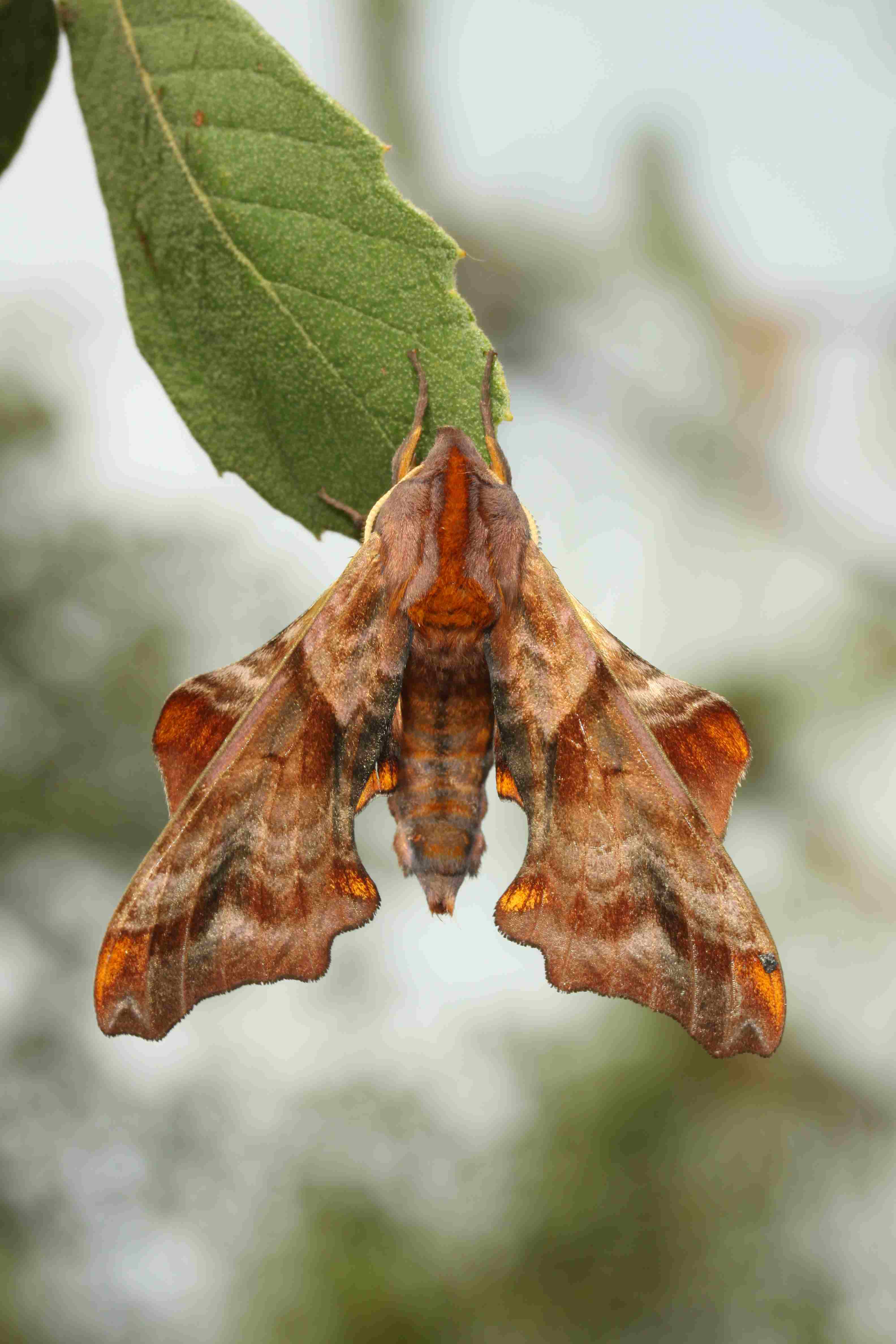
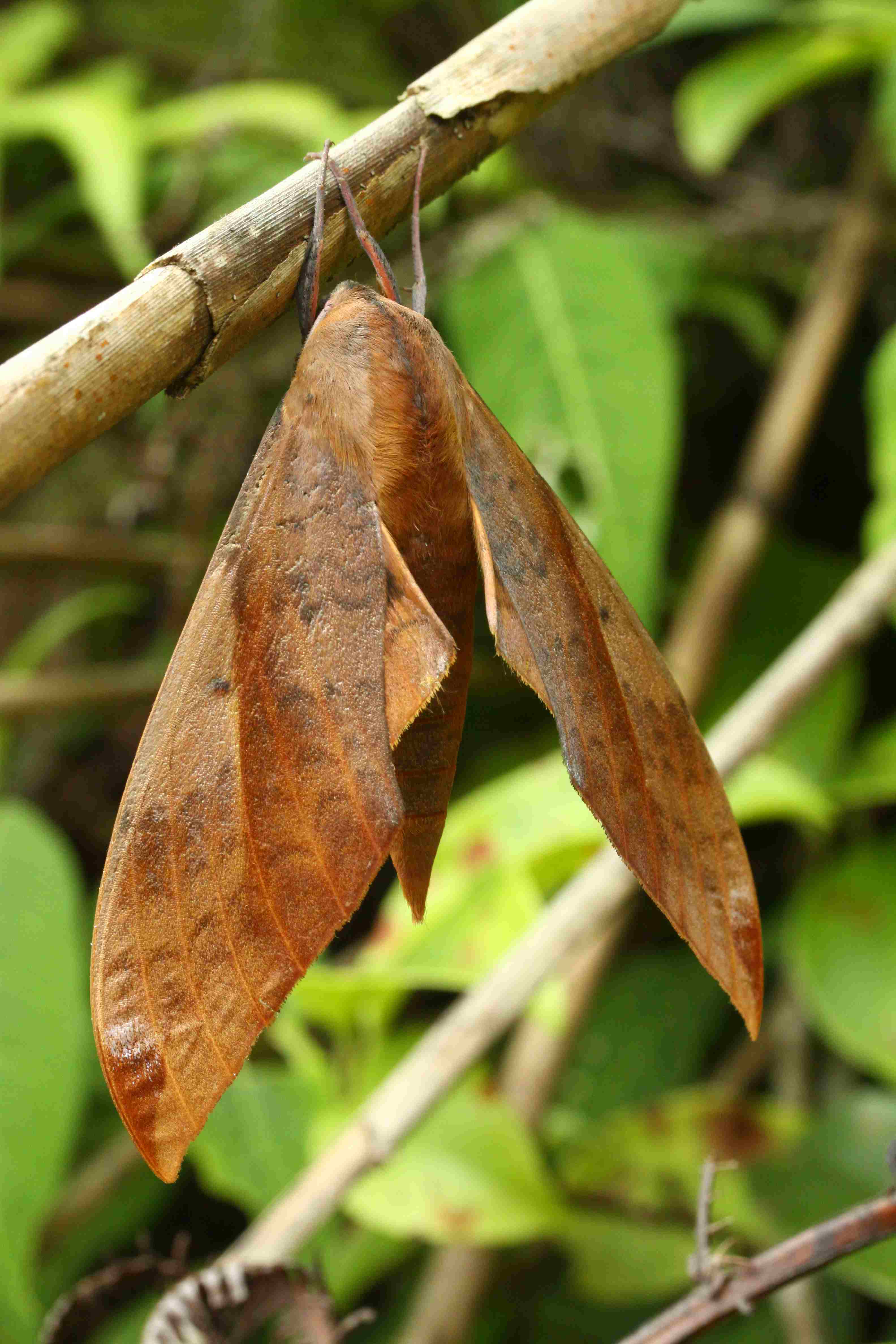
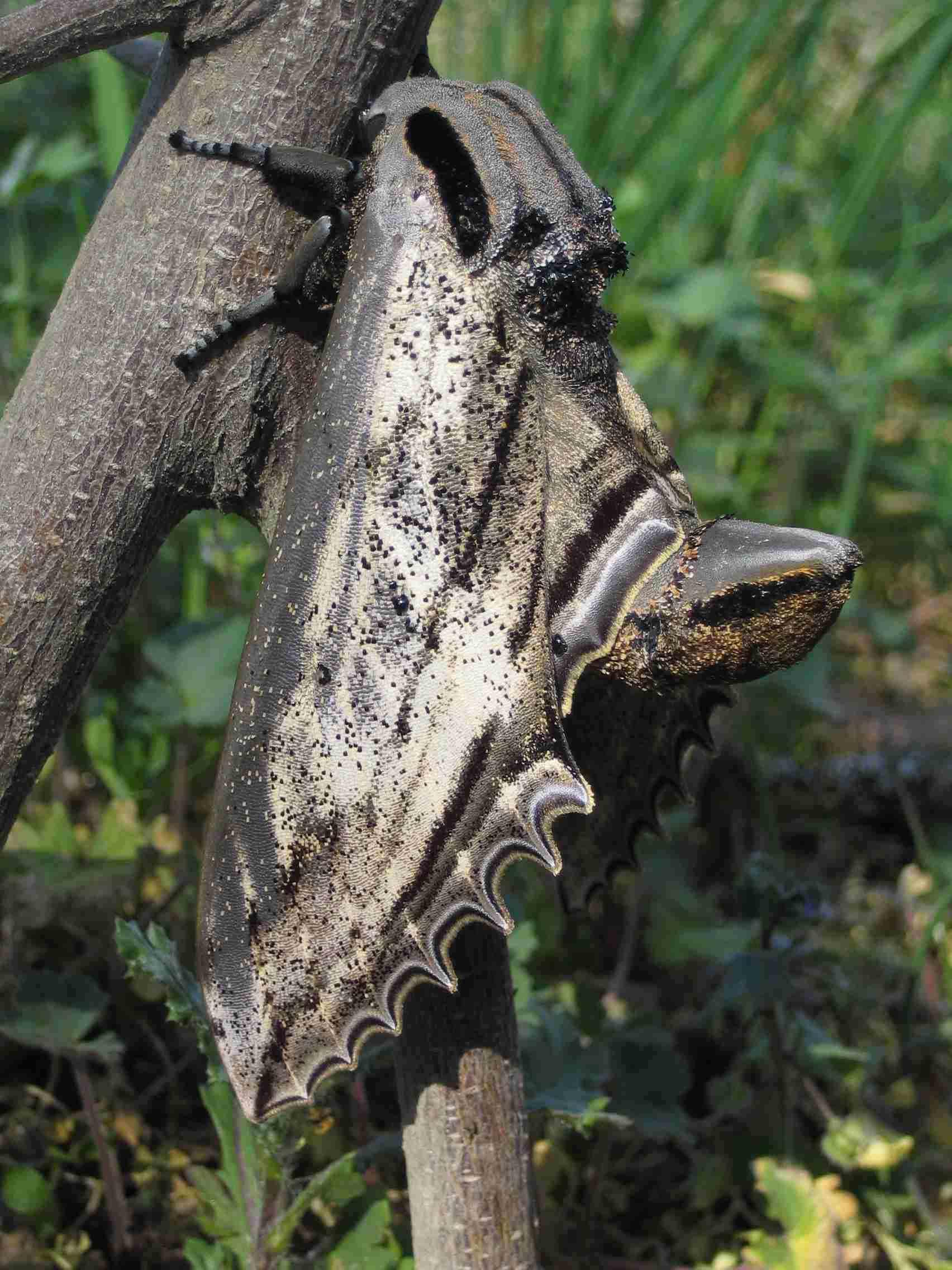
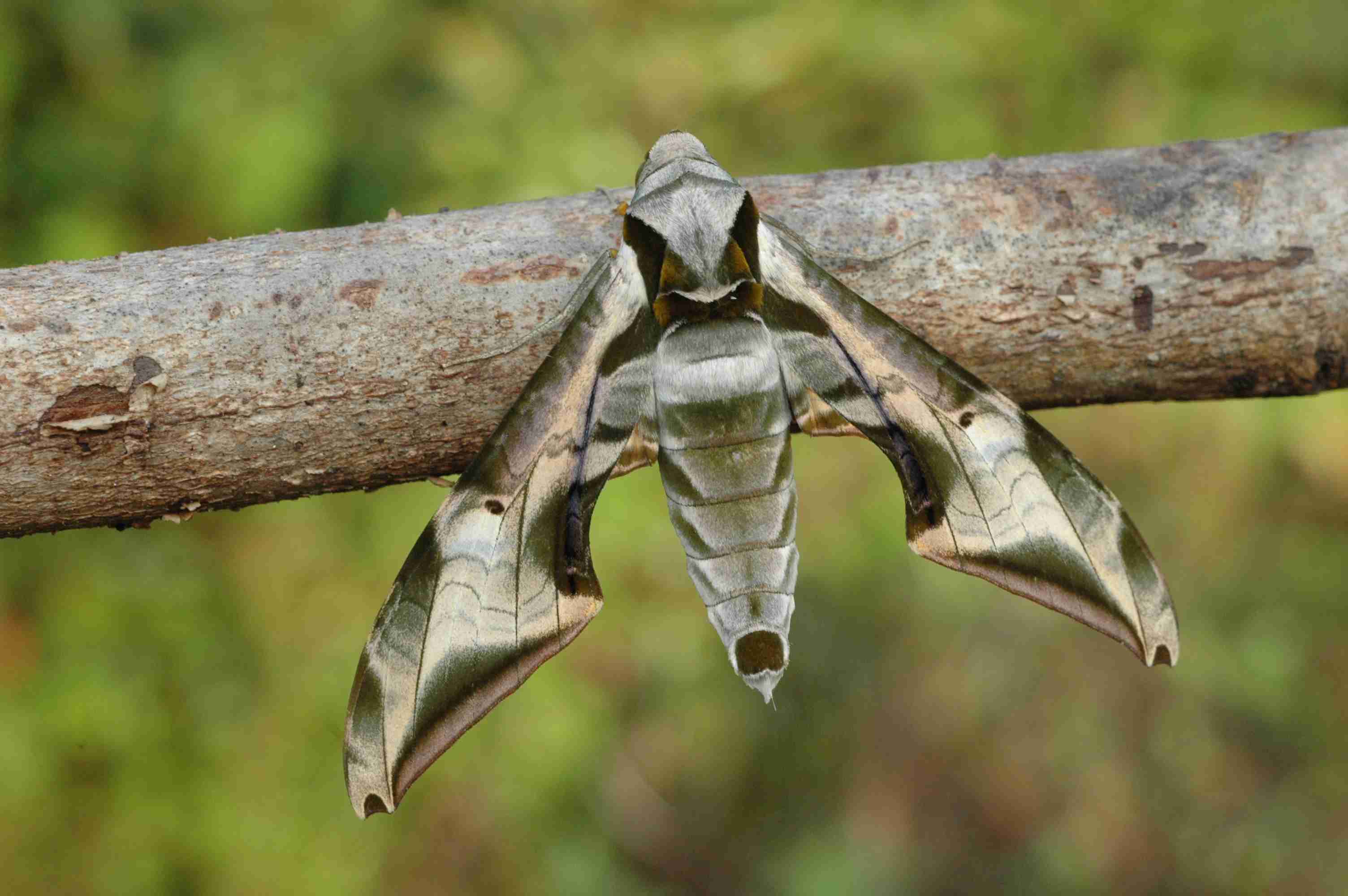
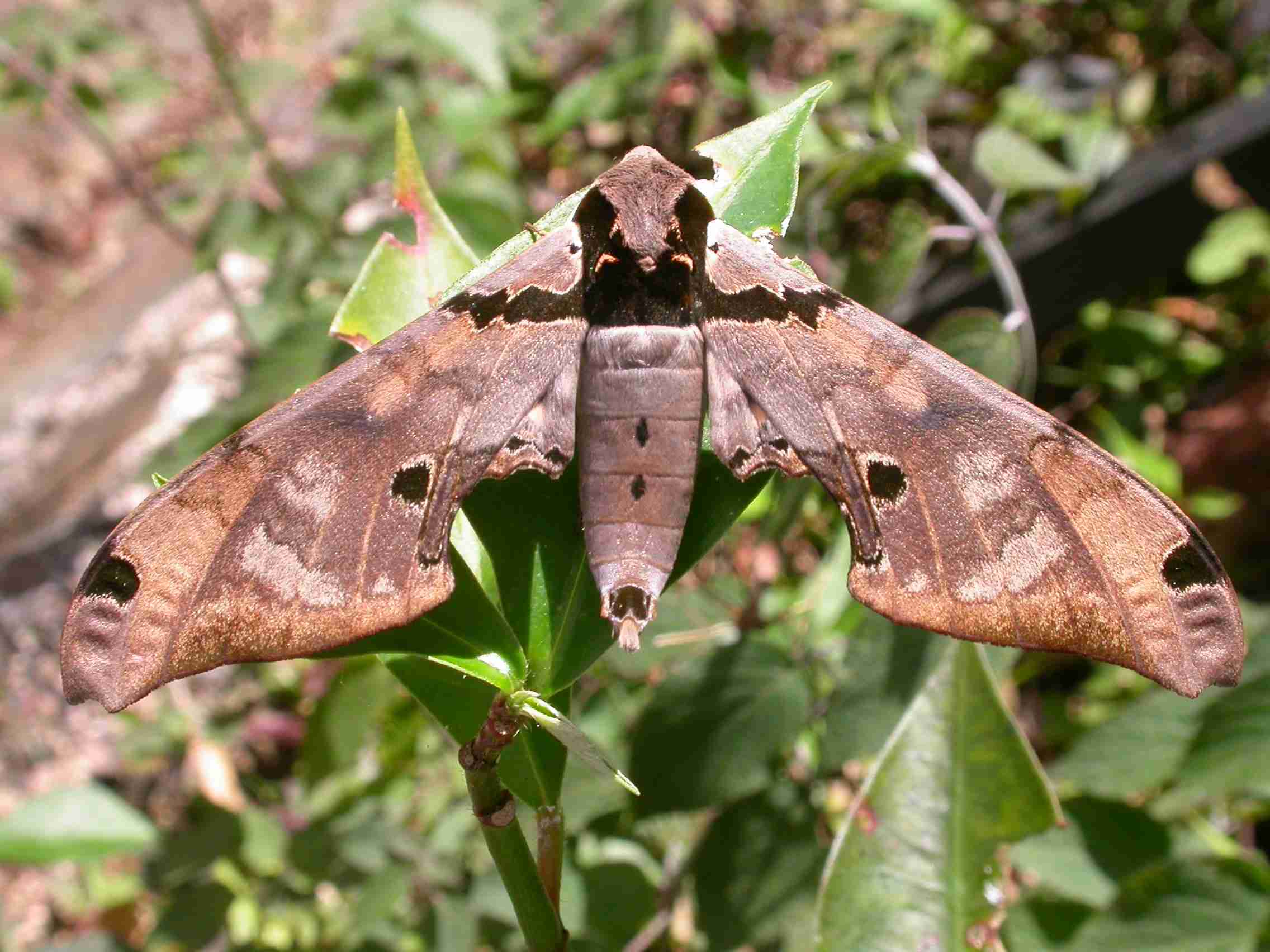
Examples of Smerinthinae: Mexico from left to right and top to bottom, Paonias macrops Gehlen, 1933, Sonora; Clanis undulosa gigantea Rothschild, 1894, Laos, Phu Phan; Langia zenzeroides Moore, 1872 zenzeroides, South Korea; Protambulyx goeldii * Rothschild & Jordan, 1903, French Guiana; Adhemarius fulvescens (Closs, 1915) Guatemala, Biotopo del Quetzal. All photographs © Jean Hanif except * © Daniel Harris.
The Sphinginae: These are the Sphinx as we imagine them, with elongated wings, fusiform body, the rest in delta, the powerful flight position and disproportionate proboscis. They have no sensory microtriches on the inside of the first segment of the palps. They have symmetrical genitaliae. Their caterpillars are typically Sphingidae, often smoother with well-developed abdominal Horn, and seven oblique stripes running laterally from the belly to the back. Those that feed on Gymnosperms totally escape this rule and display cryptic colours efficient surprise (Sphinx dollii Isoparce cupressi, Sphinx pinastri, morio, maurorum...). The pupae are often the free proboscis sheath, scabbard sometimes well-developed. They bury themselves deeply. There are approximately 300 species of Sphinginae worldwide. Host plants: especially Oleaceae, Solanaceae, Verbenaceae, Bignoniaceae, Lamiaceae, Convolvulaceae, Pinaceae.
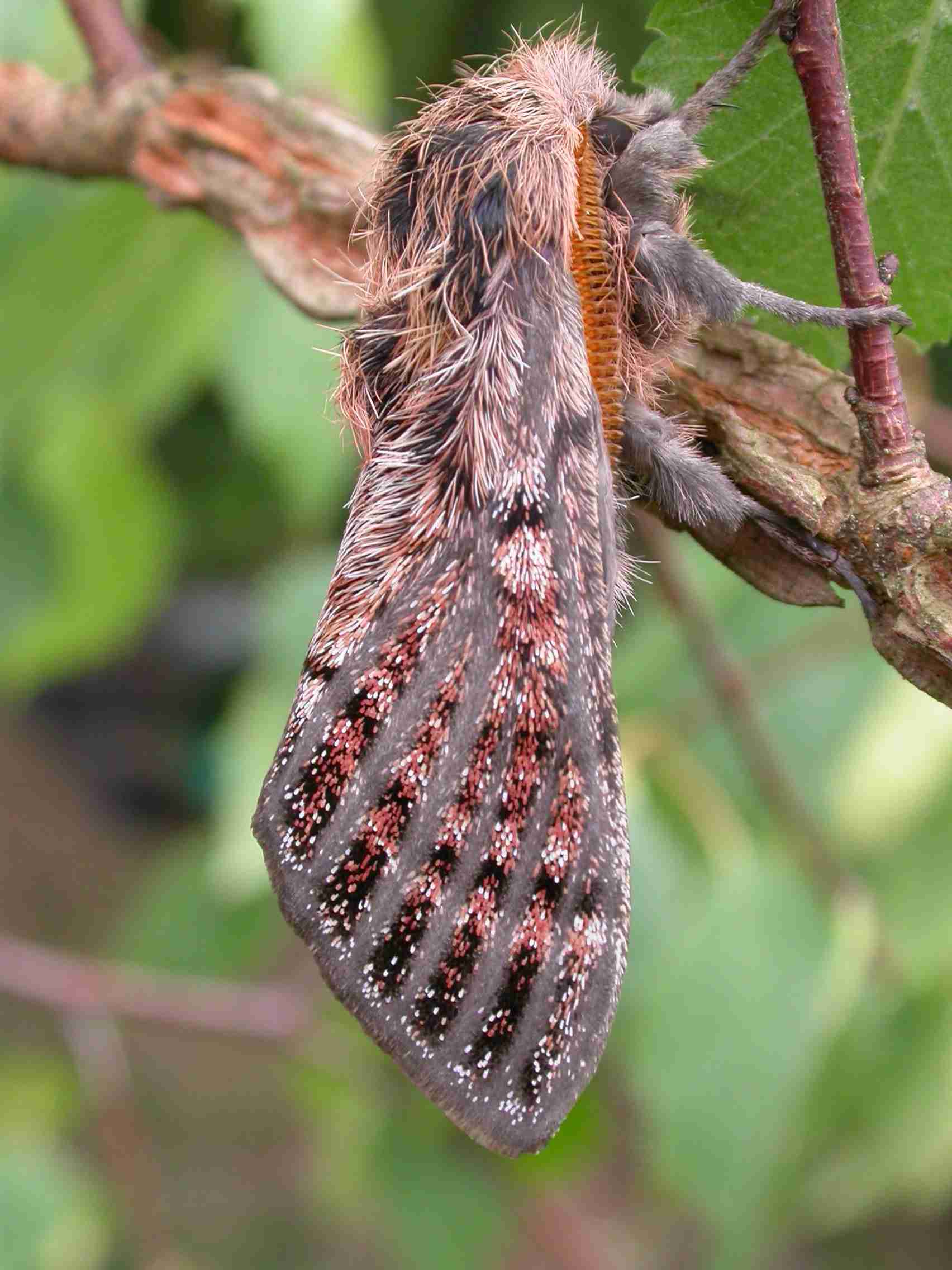
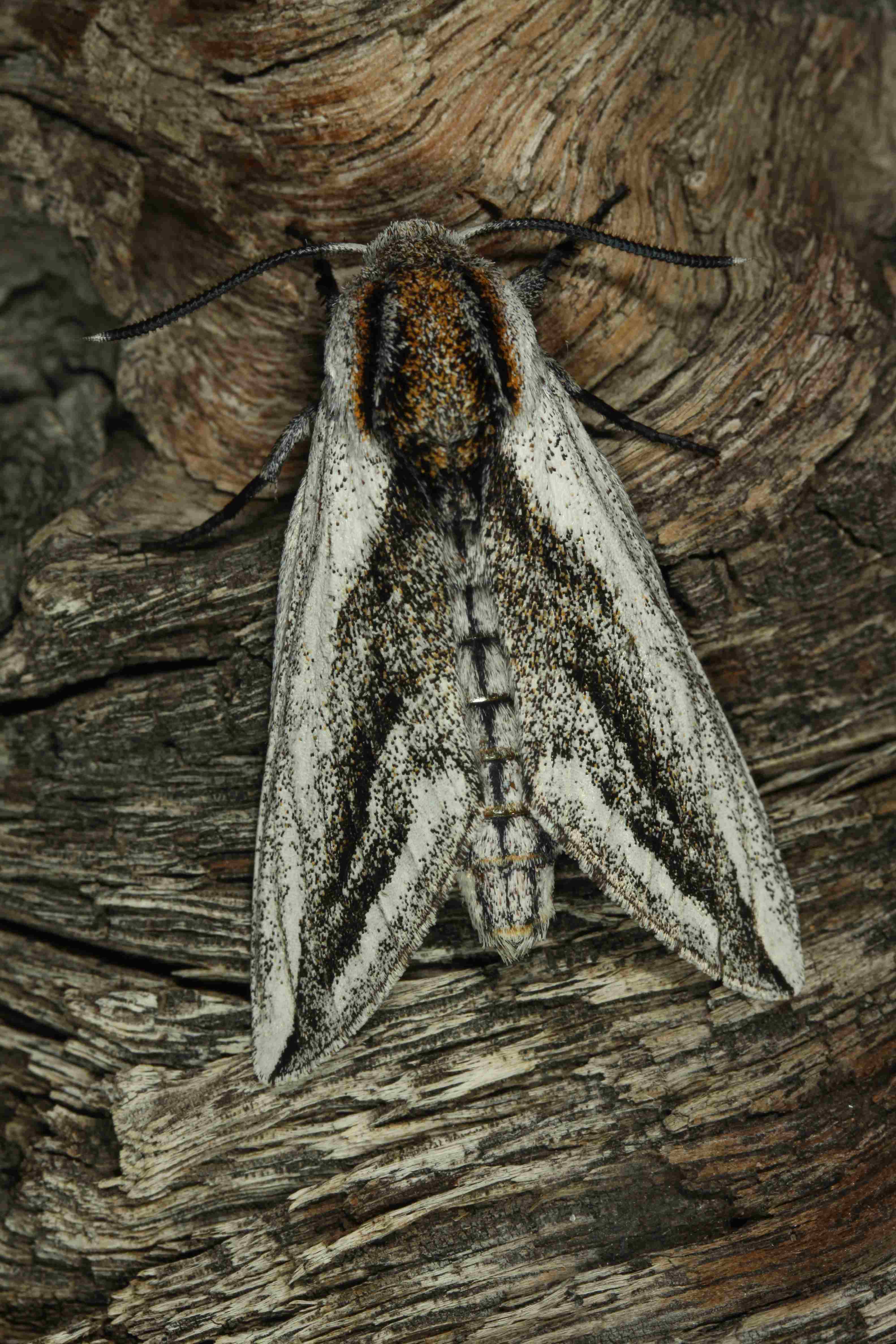
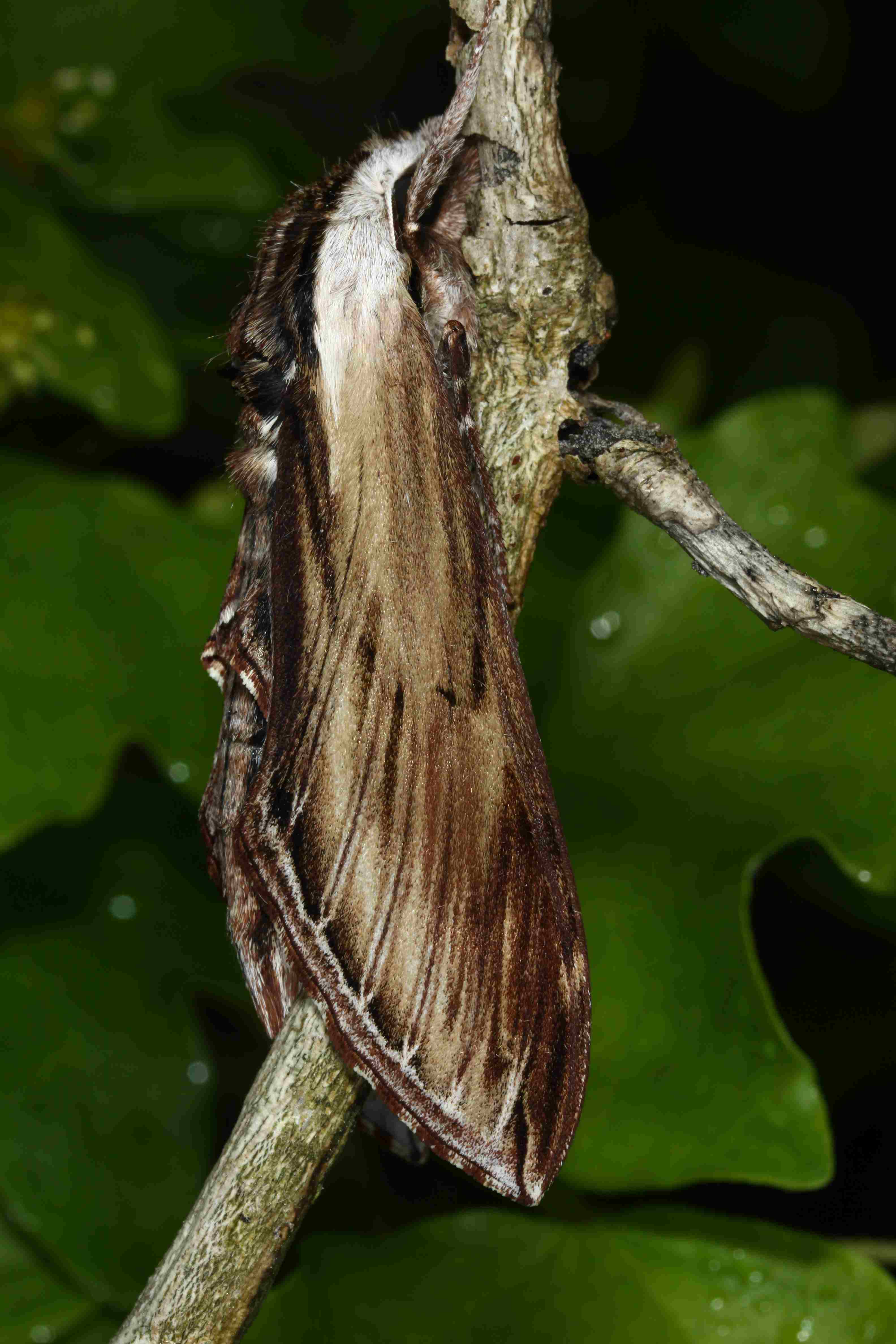
Examples of Sphinginae: left to right, Monarda oryx Druce, 1896, Mexico, Jalisco; Sagenosema elsa (Strecker), [1878]USA, Arizona; Sphinx kalmiae J. E. Smith, 1797, Canada, Quebec. © Jean Hanif
The Macroglossinae: sub family contains a little more than 600 species. Its members have the sensory microtriches or task bare on the inside of the first segment of the labial palps. The genitaliae of the male are symmetrical or asymmetrical. The abdominal Horn of the Caterpillar is sometimes heavily modified, missing button (Erinnyis), in whip (Isognathus, Pseudosphinx…) disk (Proserpinus). Tasks eye on the chest of these caterpillars are common, and tend to gain the abdomen.
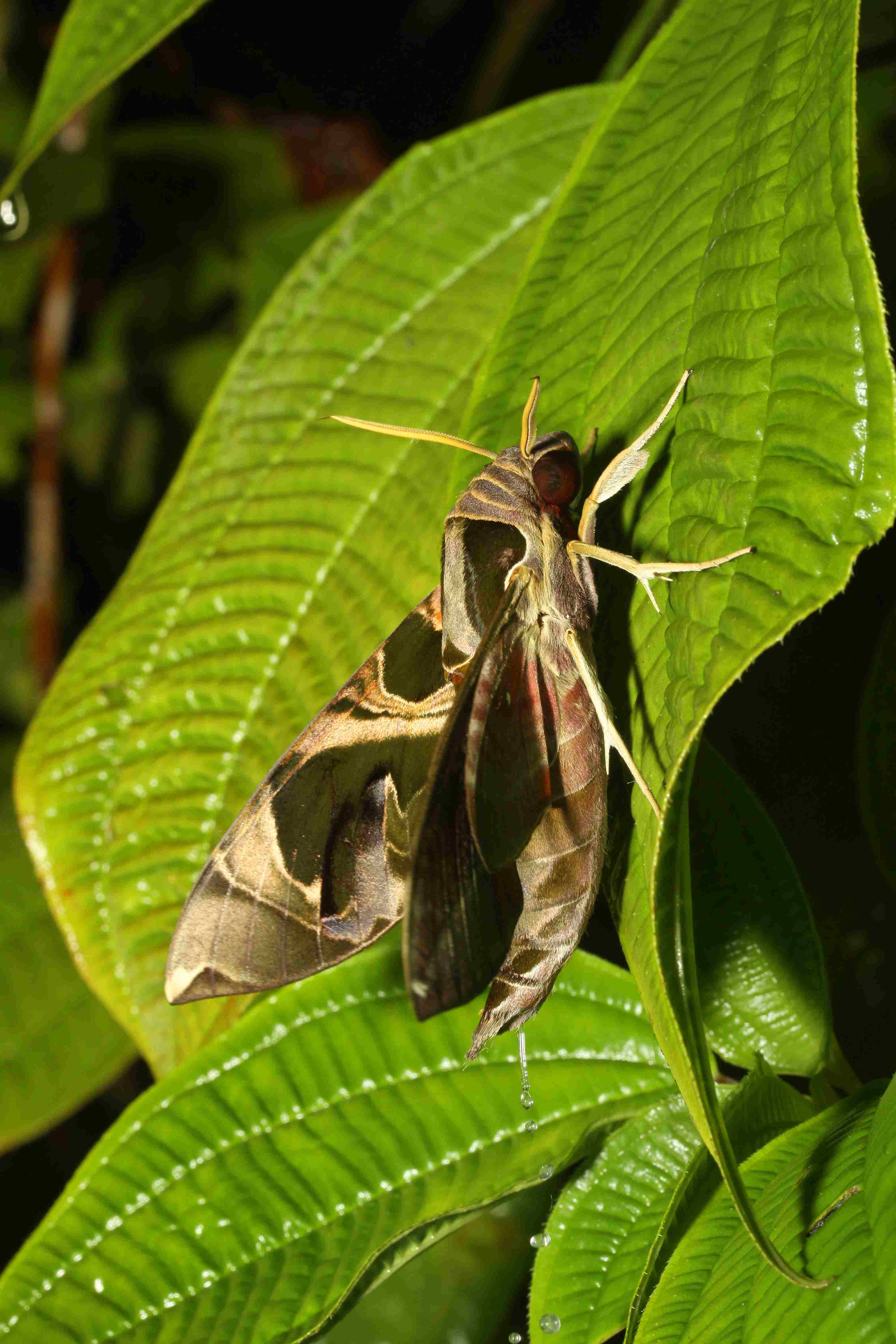
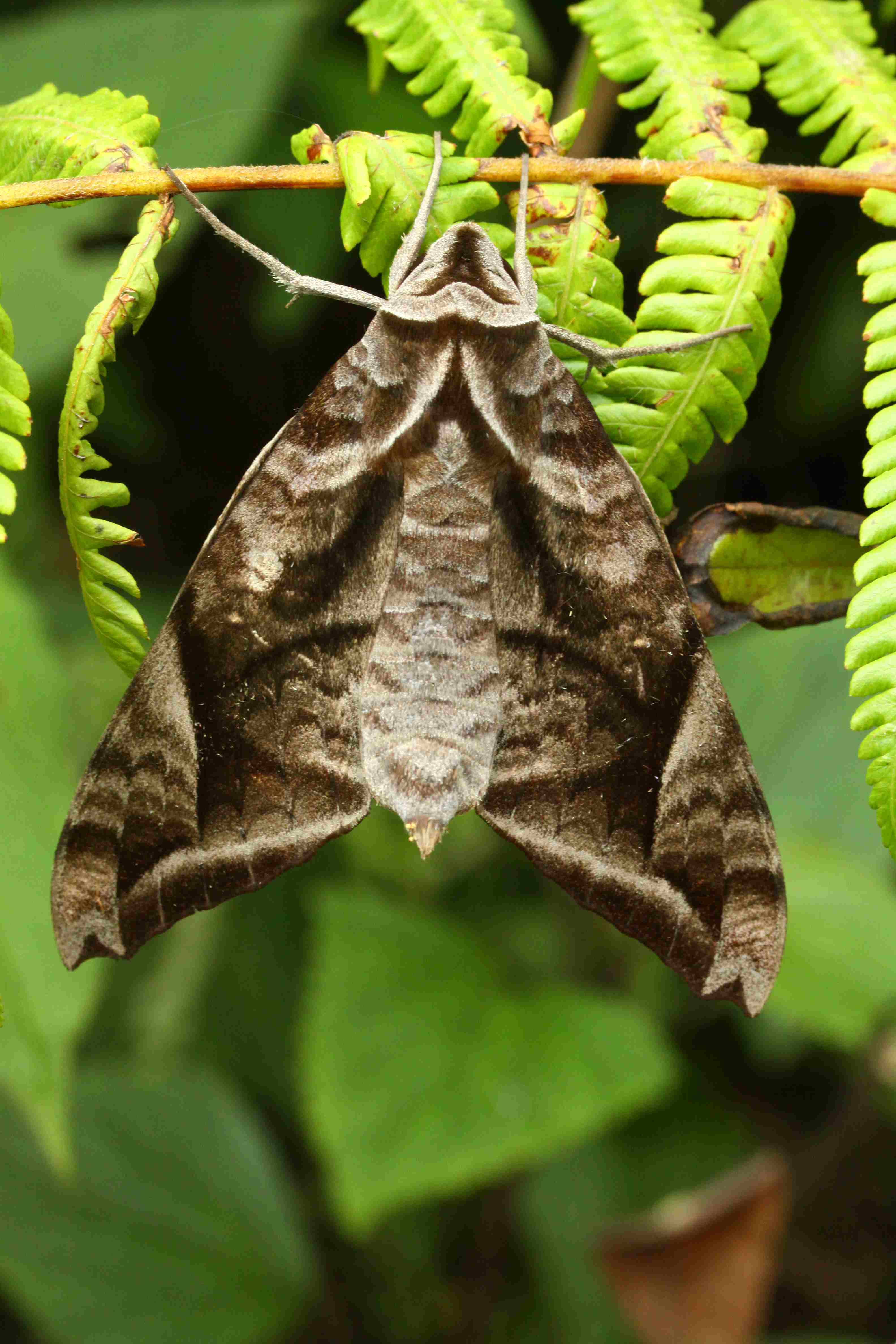
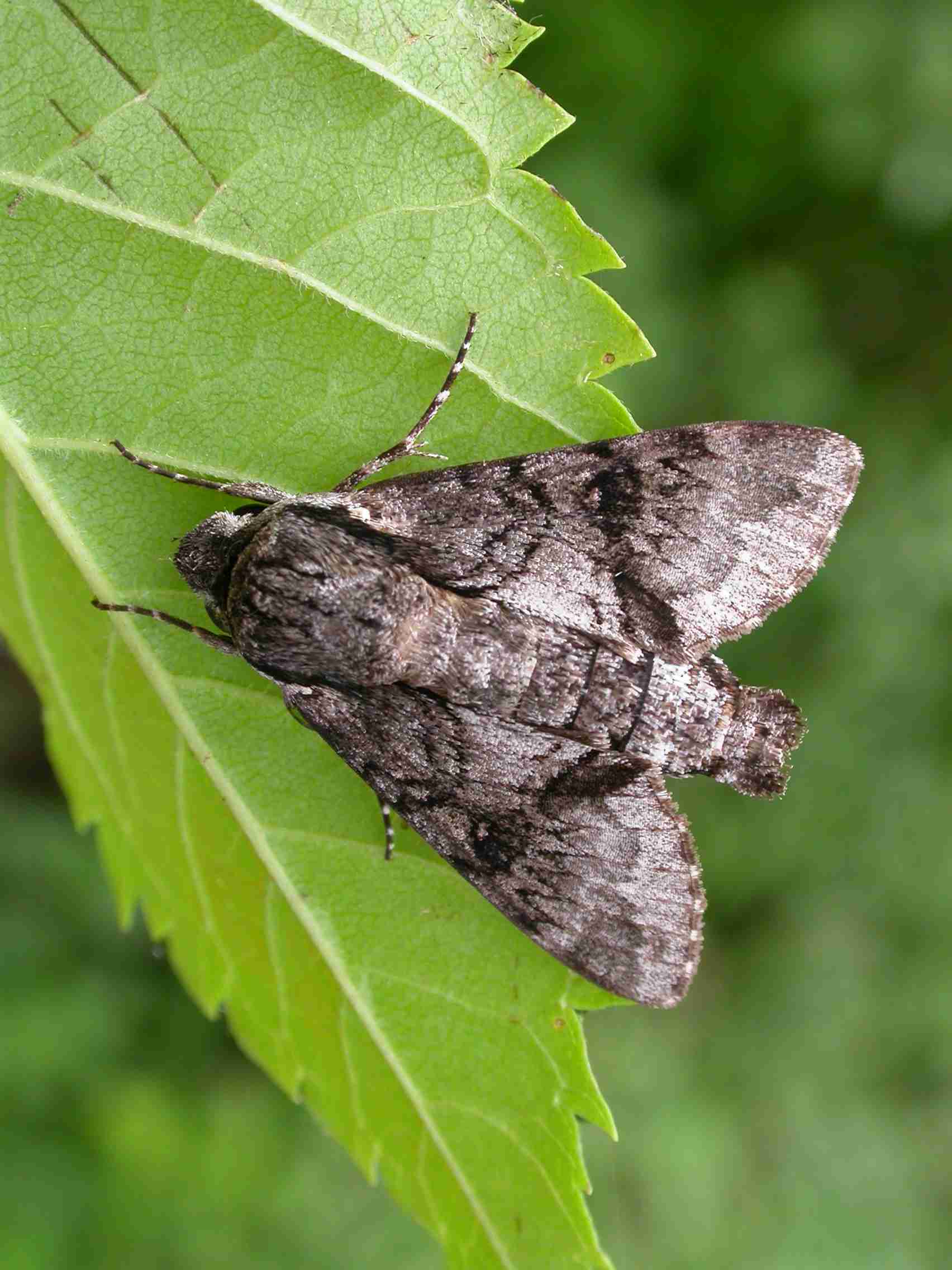
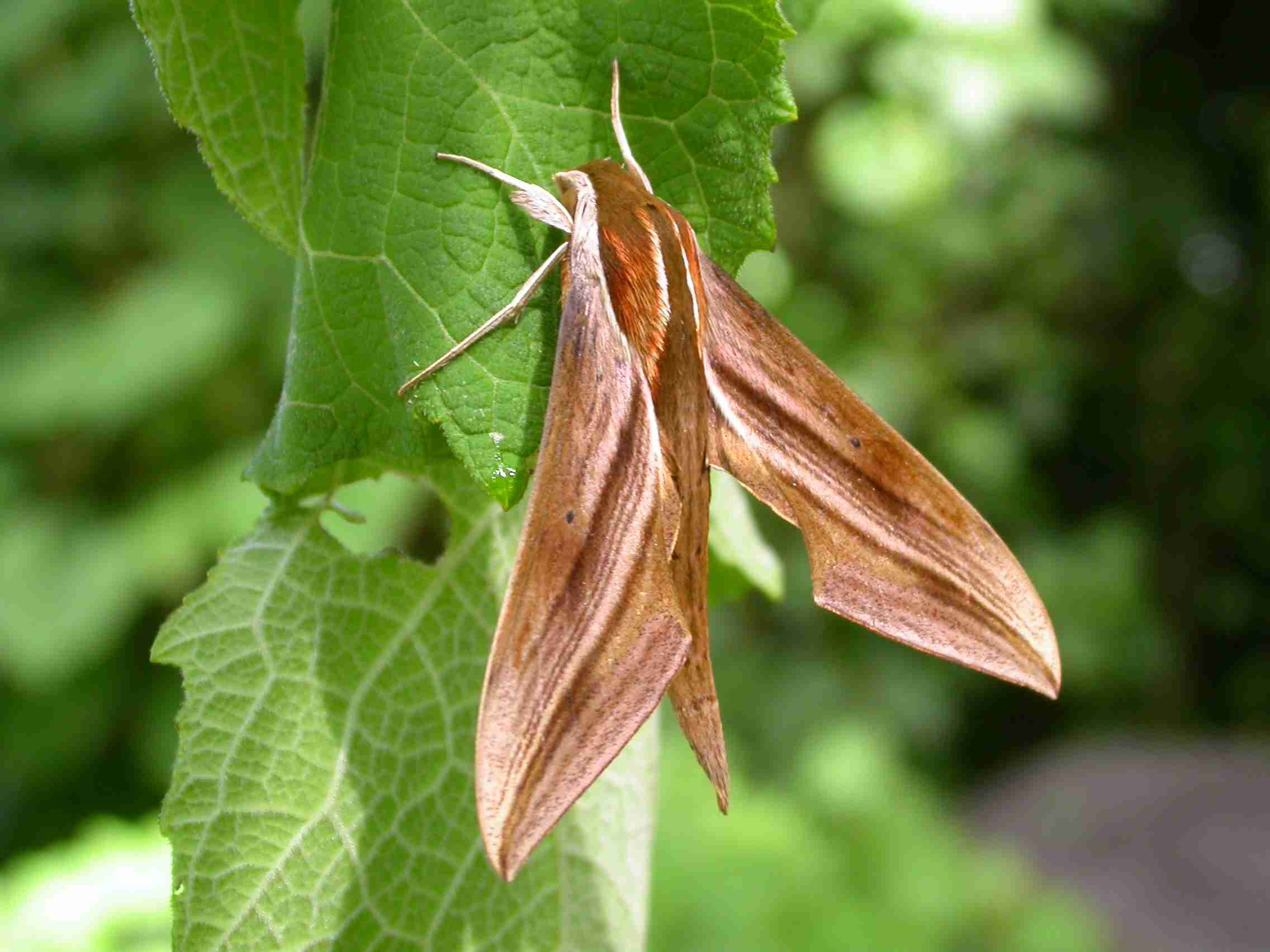
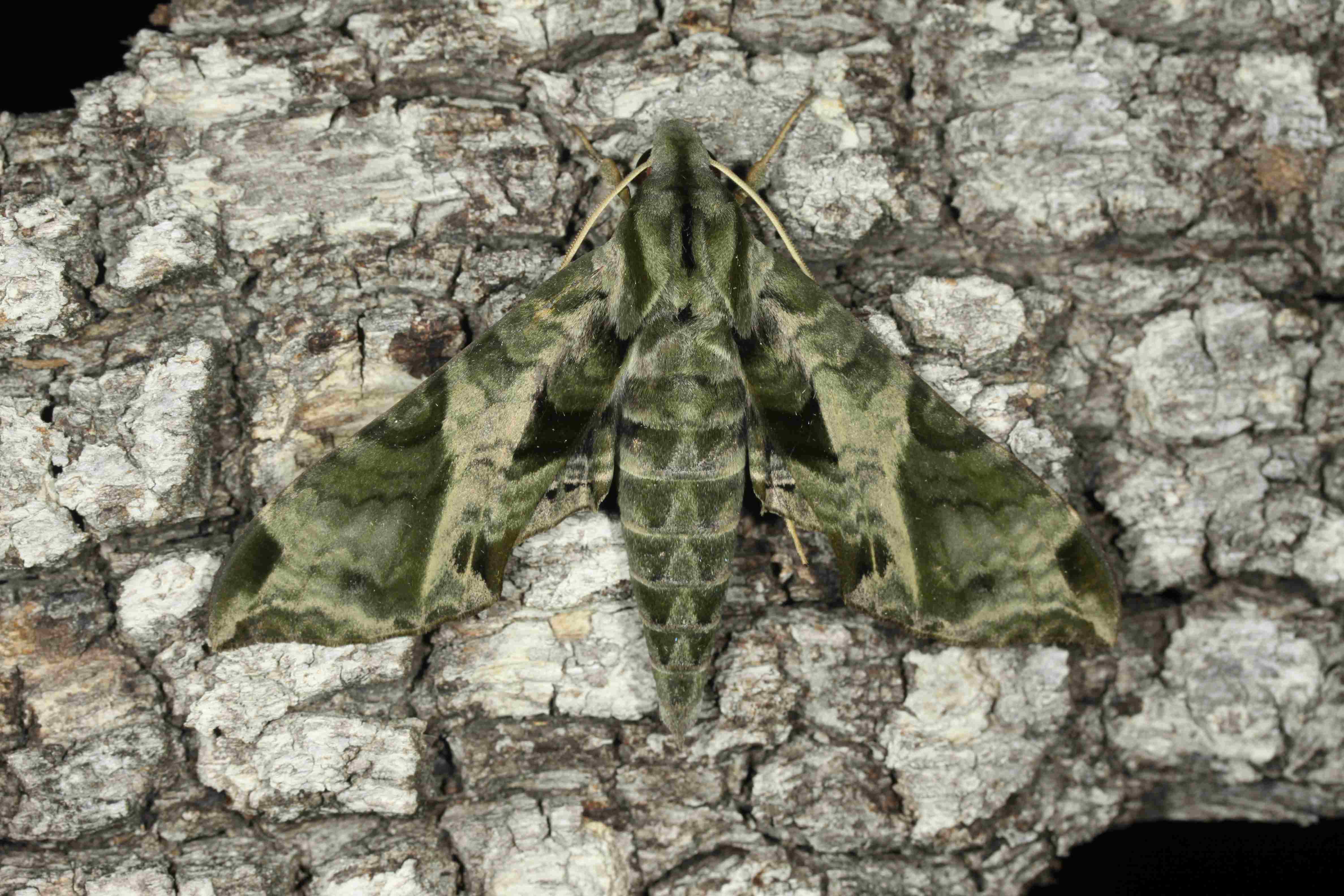
Examples of Macroglossinae: Laos from left to right and top to bottom, Daphnis hypothous crameri Eitschberger & Melichar, 2010, Phu Phan; Acosmeryx naga naga (Moore[1858]), Laos, Phu Phan; Cautethia yucatana Clark, 1919, Guatemala, Baja Verapaz; Xylophanes josephinae Clark, 1920, Guatemala, Baja Verapaz; Eumorpha elisa (Smyth 1901) Mexico, Sonora. © Jean Hanif
Divided into three tribes:
Dilophonotini, mainly Neotropical tribe, containing extraordinarily diverse genres. Most host plant family is Rubiaceae, but very often found Apocynaceae, Euphorbiaceae, Melastomaceae, Vitaceae.
Philampelini, tribe represented in the new world and Hawaii, containing two genera (Eumorpha and Tinostoma). These are almost all consumers of Vitaceae sometimes Onagraceae, Actinidiaceae. Their caterpillars lose abdominal Horn at the final stage, or it is replaced by a button (genus Eumorpha) structure
Macroglossini, huge and a little “catch-all” group their caterpillars are generally of ocellees tasks (false-eyes) on the chest. This tribe contains the most elegant genera in the family, Xylophanes, Cechenena, Theretra and Hippotion (subtribe of the Chaerocampina).
The Chaerocampina subtribe Macroglossini have all the labial palps and piliferes changed to ultrasonic acoustic organs.
The larvae of the Macroglossini more often consume low plants belonging to a considerable number of families. Rubiaceae, Onagraceae, Apocynaceae, Euphorbiaceae, Vitaceae, Nyctaginaceae, Actinidiaceae and Araceae appear most frequently encountered.
Thanks to Joël Minet for proofreading of the text.
* We present here the traditionally accepted classification of the family, knowing that the latest molecular analyses (Kawahara & al. 2009; Kitching (The Sphingidae Taxonomic Inventory (online)) impacting strongly, with notably a fourth under family, Langiinae Tutt, 1904 for the atypical Langia zenzeroides (pictured above). The Organization of the tribes is also redesigned. We accept all these changes but the purpose of this site is not to tackle supra-generique level classifications. In addition, the three subfamilies above below are truly instinctive, and have still beautiful days should.